listen, watch, or read. I got you covered.
The story of John Studebaker begins as a young man in Indiana. He had 4 brothers; Clement, Henry, Peter, and Jacob. The 5 brothers grew up moving around a few states but settling in South Bend, Indiana. Their dad was a wagon maker and so he taught his children the skills needed to do the work of building a wagon., But John was an explorer, John wanted to head West to the great gold land of California where gold is so plentiful not a single soul is poor. “There is more gold on the ground than dirt,” he thinks. All you have to do is survive the trek West.
John at 19 years old set out his plans and built himself a wagon in about 10 days then went to a wagon train leader and offered the wagon for a safe trip and 3 meals a day to California, and the man obliged.
The trip in total took 5 months and 8 days. It wasn’t easy in the slightest.
John originally had 65 dollars worth of gold on a belt he wore so he would be set for a while when he got to California. However, he didn’t plan for his greed to get the better of his intelligence.
The wagon train stopped in a place called Council Bluffs, Iowa. There for 3 days camped out, John found himself talking to some permanent residents of this town. Three men called “monte sharpers and Capers” which simply means gambling crooks, (people who cheated in cards to win lots of money from gamblers). They told him the secrets and told him the way to win which got him thinking "Why bother going to California when I could win all the gold I want here" so he went all in. He took off his belt and threw it on the table knowing he couldn’t lose because the sharpers told him the tricks.
Well, somehow the tricks didn’t work or maybe he was just unlucky… he lost all his money.
It wasn’t until he reached the Carson River that he was able to get some more money, he jumped in the Carson River to get some cattle that had gotten stuck. In return for this, he was given a 20-dollar gold piece…which dwindled down to a 50-cent piece by the time he got to Hangtown
Hangtown is the name of modern-day Placerville. It was named that because of the hangings on a big oak tree in town. Hangtown at this point in time was one of the biggest cities in the state of California and was in the competition for state capital along with San Francisco, Sacramento, and Chinese Camp. Sacramento ended up the winner.
Once the wagon train arrived in Hangtown a big group of people showed up asking about life back east from whence they came.
One man began asking around…
“Is there a wagon maker among you?”
Pretty quickly hands began to point at young John Studebaker.
The man then walked up to John and introduced himself.
“My name is H.L. Hinds, I’m the blacksmith and I have a good job for a man who wants work, want the job?”
Studebaker was set on striking it rich in gold looked the man straight on and told him,
"I came to California to dig gold"
Mr. Hinds huffed and turned around disappearing in the crowd back to his shop.
A Hangtown man walked up to John after this having eavesdropped and told John,
“I don’t know you from Adam, but I can’t help giving you a piece of advice. Take that job and take it quick. You’ll have plenty of time to look for gold. There are hundreds of disappointed gold seekers for every one who strikes pay dirt. They haven’t a penny. Some of them are hungry. You’re lucky to be offered a job five minutes after you get here. Grab it, boy.”
John was smart and quickly took this advice, ran down the street looking for the man he only met for 5 seconds and caught up to him and said he reconsidered and he wanted the job.
"Can you make a wheelbarrow?"
“I sure can...that is, I can try...”
John was given the job with a handshake and a nod then was led to the smithy shop where he would work. The job was to repair picks and pans, stages too but the cash cow was in wheelbarrows.
The building was big enough to live in and work. John’s bed was a simple bunk made of coffee sacks. The building itself was built into a hill and was made of logs and it had a simple stove in the middle for cooking and heat.
On his first day, John was given the task of making a wheelbarrow. He had never made one before but how hard could it be? He built wagons, surely he could build a wheelbarrow…
After 2 long days of working, he presented it to his boss Mr. Hinds.
Hinds stared at it and puffed his pipe before breathing out and saying,
"What do you call that?"
John, knowing it wasn’t great looking but acting confident said,
"It’s a wheelbarrow"
Mr. Hinds then spits and yells,
"That’s a hell of a wheelbarrow, try again"
After saying this he began to turn around when John spoke up.
"You asked if I was a wagon maker, I said I was. I didn’t say I was a wheelbarrow maker, but I think I can do better on the next one.”
"Go ahead"
That was all Mr. Hinds said with a little smile on his face.
John worked hard and made a better one and another and another and soon he was known throughout the town as “Wheelbarrow Johnny” he made the best wheelbarrows that you could buy and he made one each day.
The wheelbarrows sold for 25 dollars a pop $15 went to Hinds and $10 went to Studebaker.
Hinds wasn’t just a boss he was a mentor and encouraged John to save the money in the bank as he himself did, so John followed suit.
The bank they trusted with all their money was called the Adams Express Company, after a couple of years, Studebaker had 3 thousand dollars saved up and Hinds had 22 thousand dollars in this bank.
Luckily for Hinds, he was a snoop and found out that the bank was probably going to fail. He didn’t trust a failing bank. As you probably know, when a bank failed in those days you lost the money it wasn’t insured by the government (FDIC) it was a full faith in the bank kind of deal...
One night Mr. Hinds hid in the bushes behind the bank and sure enough at 2 in the morning, the bankers moved the gold. Hinds followed them to a house where an old man named Joe Douglas lived. Hinds watched as they put the money in Joe’s safe.
Hinds quickly made his way back to his shop where he woke John up and told him what was going on. They needed to write up an attachment (which is a legal term that means the legal seizing of property to pay a debt.) They wrote this attachment up and brought it to the Sheriff as soon as the rooster crowed.
They all went to Joe Douglas' house where they made the accusation but Joe denied it all. However, the Sheriff checked where hinds said the money was and sure enough it was there.
Hinds and Studebaker got their money back in full but the rest of the people who trusted the bank only got a small percentage back, 15-30 percent is the estimate.
Hangtown was, like most towns in those days, wooden and soon a tornado-like fire took out the town. Hangtown had a fire engine but it was no match for the fire, it was abandoned. When they abandoned the engine John ran to the shop to get whatever he could, but the fire had already taken over. The people camped out in the hills that night.
Part of the rebuilding resulted in the cutting down of the namesake tree. Where an ice cream shop stands today, was the spot where many a man were hung.
John Studebaker was the man who chopped down that tree for a hotel owner Mr. Herrik.
The taking down of the tree was divided. Some were fine with it while others… not so much. This poem was written in favor of keeping it.
Herrick, spared that tree!
Let not its branches fall;
Here let it always be
A warning to us all.
For it was in forty nine,
When our good town yet was young,
Three men for murder vile
Upon that tree were hung.
Yes, on this same old tree
These miscreants met their doom;
Keep it for all to see –
As a grave-tree o’er their tomb.
This tree let always stand!
For ‘tis of great renown;
Then, Herrick, Stay thy hand;
Spare this relic of our town.
Soon enough John had saved enough money and still wanting to try his hand at gold mining he went out as a part-time miner. He, like most, didn’t do well but he had some gold to show off to his family back home.
It was about this time when he was sent a letter from his brother Clem. He wrote to tell John that a few of the brothers had started a wagon building company and smith shop. They were doing okay but only making about one wagon a month since they were a small operation. Clem mentioned a few times in the letter that capital was needed to make the company great. He had dreams of building, not just 12 a year but hundreds.
John stayed until the spring of 1858. He then got on board a ship in San Francisco which sailed south to Panama and on to New York. He made his way back to Indiana from there. Once he arrived he bought in for 3 thousand dollars (half the company).
The Studebaker family were Dunkards. Dunkards are similar to Baptists in Christianity but in particular, Dunkards are opposed to war and taking any legal oaths. So…they were not in favor of any war but the civil war was inevitable so they might as well try to make money off it.
The Studebaker brothers in 1857 got a government contract to make wagons. The next year was when John arrived.
By late 1860 South Carolina seceded from the United States
The civil war soon began the next year.
Throughout the war, the Studebakers supplied about 6000 “vehicles” some carriages, some wagons, and some ambulances. The carriages they made were used for Abraham Lincoln, Ulysses S. Grant, Rutherford B. Hayes, and Benjamin Harrison.
The United States remembered them for the next war. The Spanish-American war. Uncle Sam asked them for 500 wagons in 36 hours. They had it done in just 24 hours.
John as the head of the company saw that automobiles would be the future. So the Studebakers made a steam-powered wagon in 1898 but it didn’t catch on. Then the electric car in 1902, but again that didn’t catch on. Finally in 1904 the gasoline-powered car. It was a bold move as they were still making 75 thousand wagons a year at this time but John transitioned the company to car building.
As all the other wagon makers went bankrupt, Studebaker soared.
In 1910 John wrote a letter to the city of Placerville telling them he wants to come back to visit someday and hang out with his old buddies.
Then in 1912, he did go back.
John arrived on a ship in San Francisco then got on board a steamer ship up the river to Sacramento then got into one of his fancy new cars and drove that into Placerville.
A big group of people were waiting for him, and signs that read “we are glad you came back” were everywhere. The streets were all decorated as well. When he got to the Ohio House he climbed out and immediately saw an old friend
"Hello Newt, you around here yet?"
"Yes I’m here yet, but they call me Jedge now Mr. Studebaker, ye see I’m the justice of the peace." (read in an old-timey southern drawl)
John laughed and reminded him of the times he and another guy would fight in old-fashioned road rage.
John then talked to a few more men before asking for a man who used to work for him. A man named Mike Mayers.
In the time John worked here, he became a boss himself and his employee was Mike. A man who was old and blind at this point.
John went into the house of his old friend
“Is that you Mr. Studebaker?"
“Yes it’s me, Mike”
John then walked up to his old friend laying in a bed with his wrinkled old hand reaching out to greet his old boss.
They held hands for a minute then John simply said he had to go.
“Goodbye Mike”
“Goodbye Wheelbarrow”
After this, he was driven around town reminiscing on things of the past until it was time for the banquet. People brought all kinds of things to show him including a bunch of wheelbarrows he once made, he even bought one of the first wheelbarrows he ever made.
He went to his old shop and the workers there presented him with the same hammer he used all those years ago.
He and old buddies talked all day reliving the good ol’ days including a time John sparred with the popular boxer, Yankee Sullivan
Then the time Mr. Hinds saw an Asian guy getting beat up so he ran in and beat up that guy, saving the Asian man.
And the time some women miners had their claim jumped by some men so they got the men’s tools and threw them in the river and yelled for them to “git!” and they got.
Then came the banquet which was all decorated in California gold Poppies and ferns.
The menu at the banquet had all kinds of funny things on it…
Chili gulch rib warmer
Sluice box tailings
Highgrade olives
Spanish flat onions
Cedar ravine radishes
Coon hollow pickles
Sacramento salmon paved with cheese
Indian diggings spuds
Tertiary moisture
Slab of cow from the states
Bandana fries with bug juice
Lady canyon chicken - Hangtown dressed
Webberton Murphys
Shirttail bend peas
Dead man’s ravine asparagus
Cemented gravel a la emigrant Jane
Butcher brown fizz water
Amalgam cheese riffle crackers
Assorted nuggets
Mahalas delight en tasse
Texas hill fruit
Payday smokes
Hardpan smokes
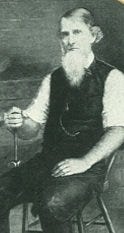
John died a few years after that visit to Placerville, the company went bankrupt during the Depression and was held by a string until it finally died in 1966
The story of John Studebaker is that of opportunity. He came for gold but was given the grunt job of building wheelbarrows. He didn’t just do his job, he made sure he was the best at that job than anyone else. He saved his money up and invested in a business with his family and even though he became extremely wealthy he was humble and never forgot his old friends in the little old town of Placerville.
Today John is honored in the Automobile Hall of Fame, he has a plaque where his shop was in Placerville, you can find one of his wheelbarrows and a wagon at the El Dorado Historical Museum in Placerville. The El Dorado County Fair has the John Studebaker wheelbarrow races and on Main Street in Placerville is “Miners on Main” Which is a scavenger hunt where at each spot you learn about a person who had some kind of impact on the city of Placerville, John Studebaker is one of those on the list. Snowshoe Thompson is also on that list you can go check that podcast out too.
I want to end with this song I found about Mr. Studebaker by John Malcolm Penn.




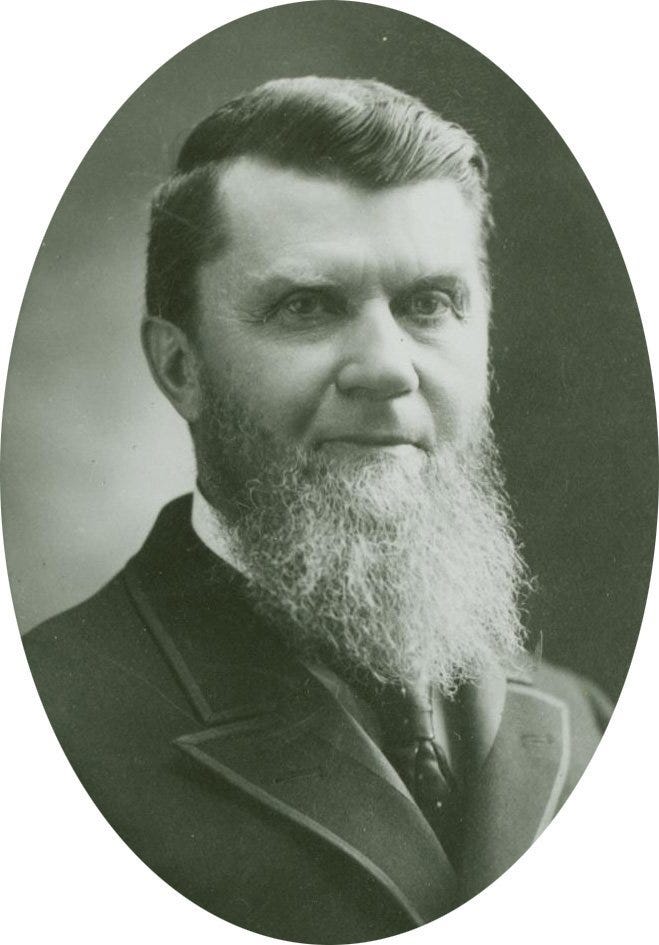
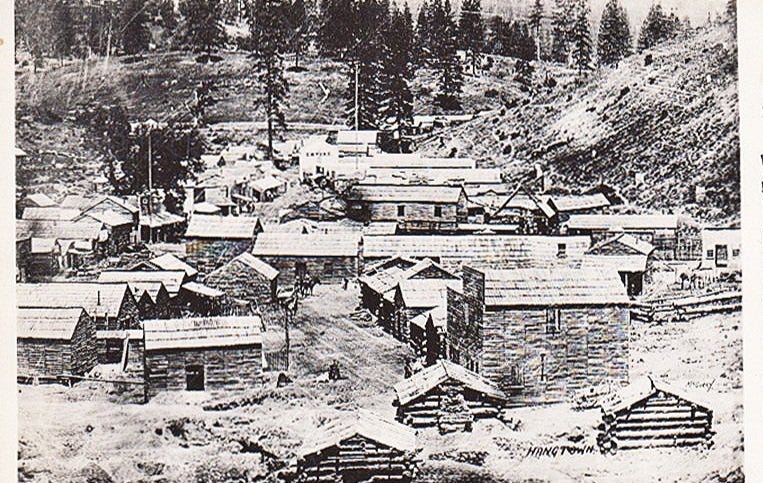
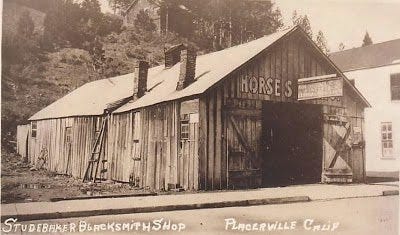
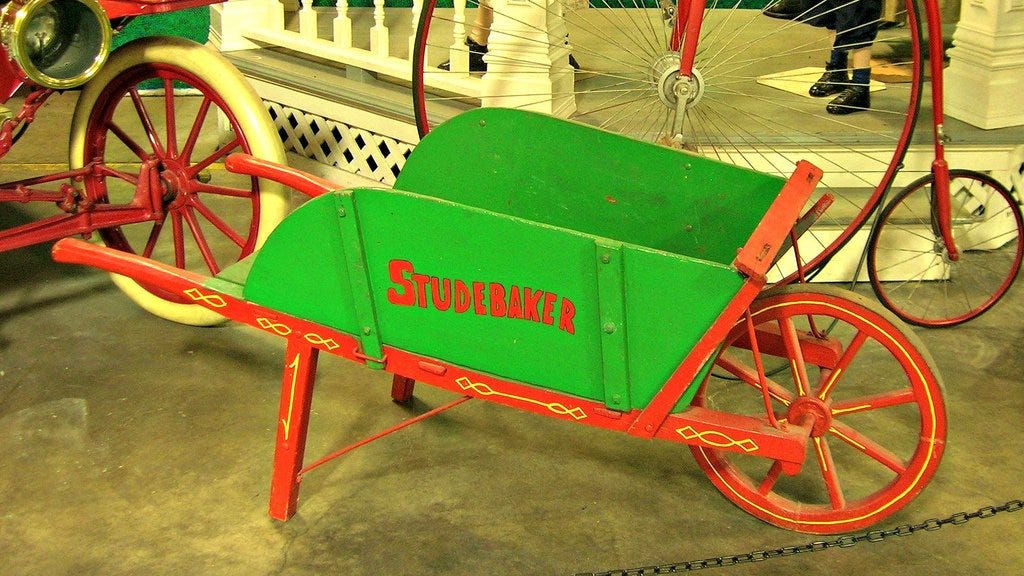
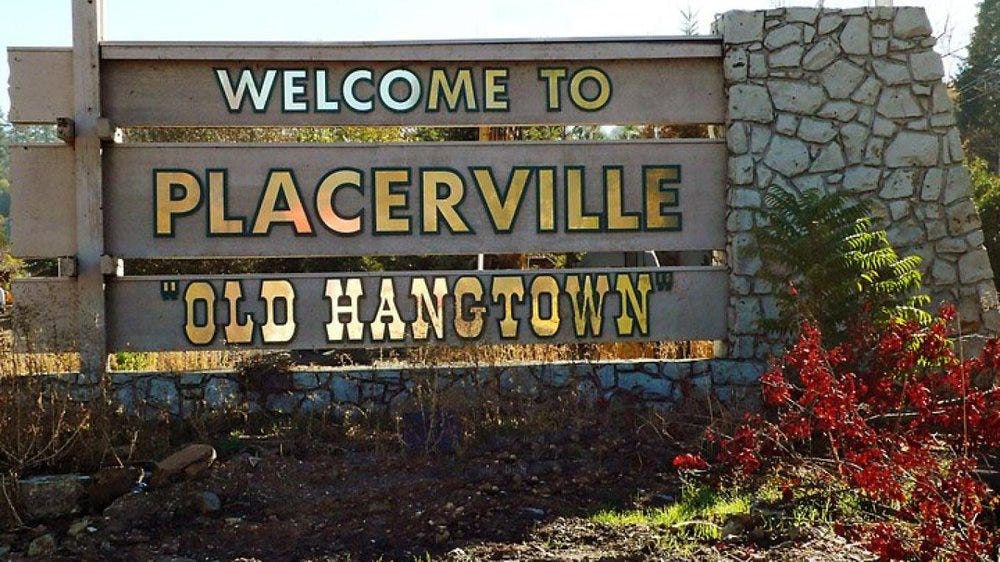
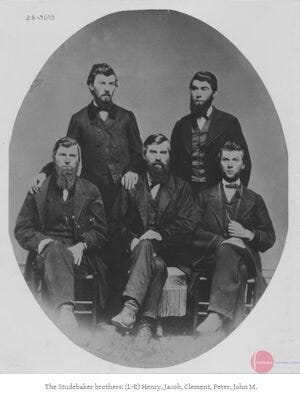
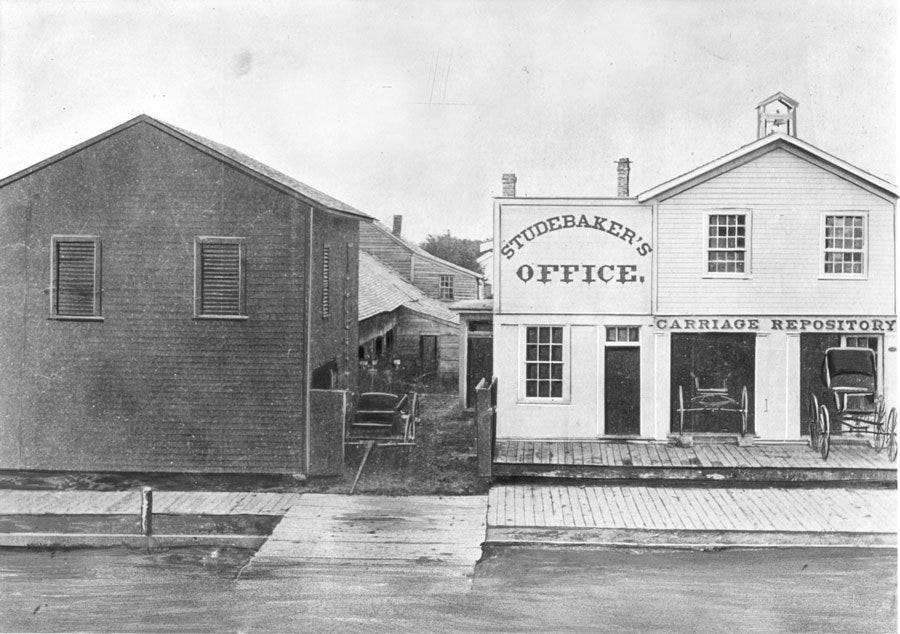
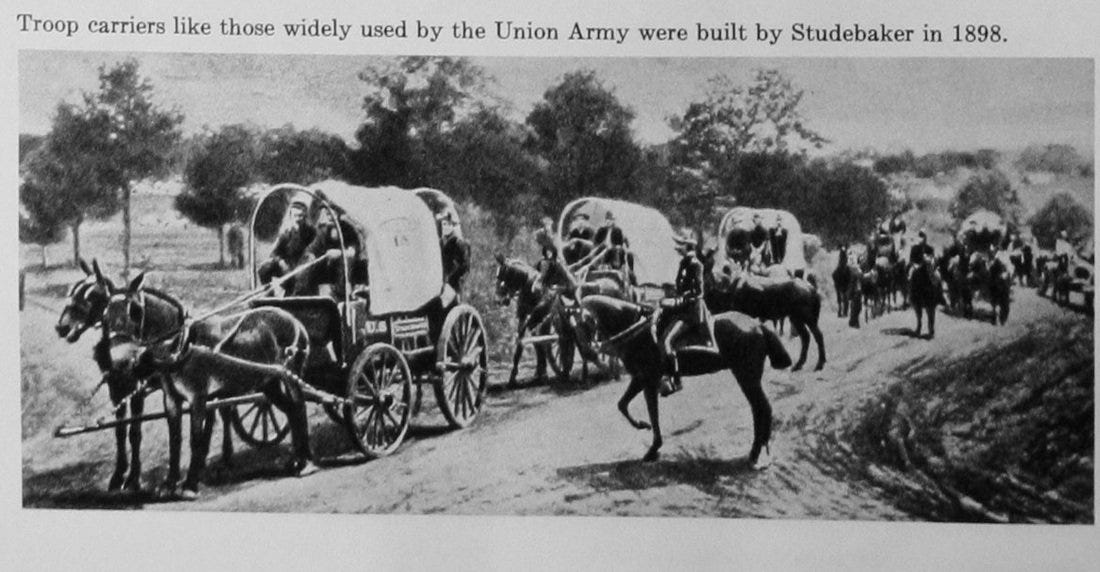
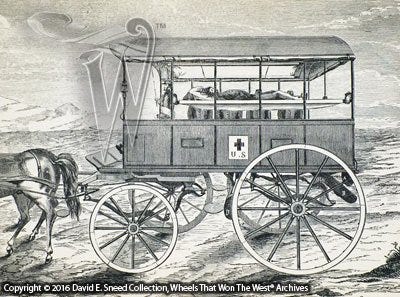
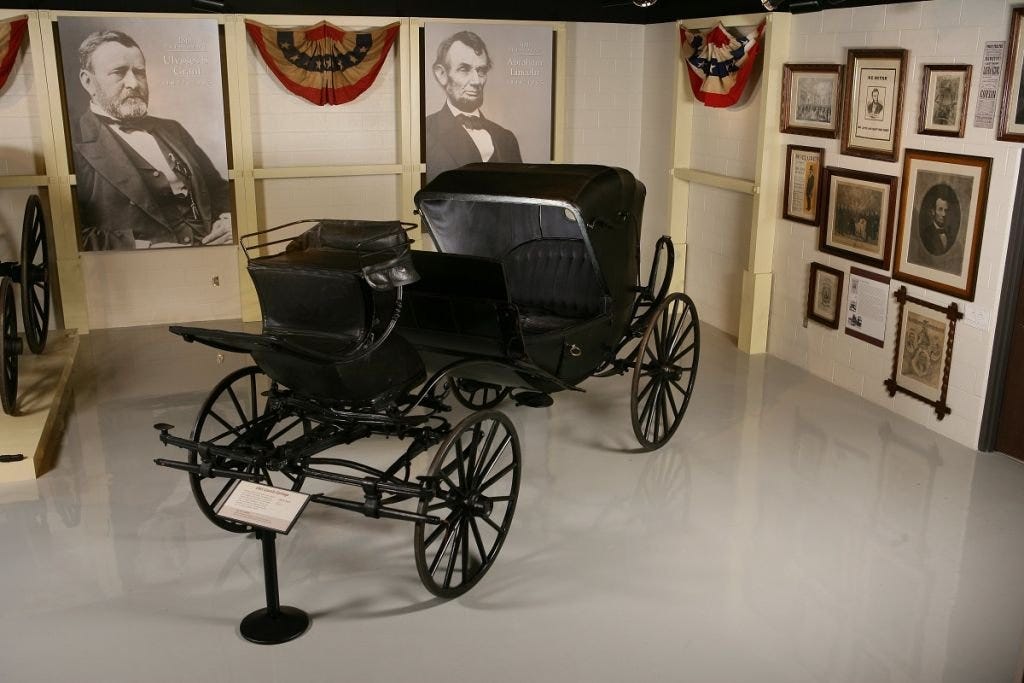

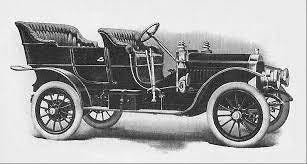
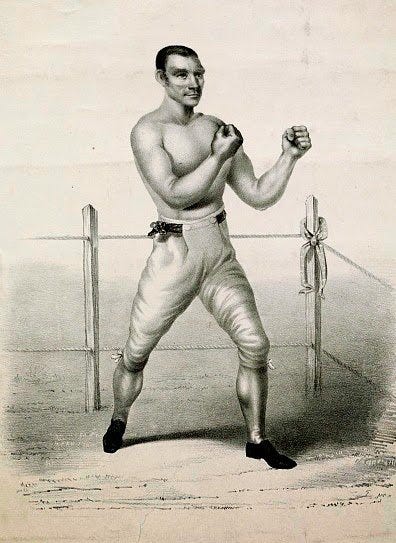

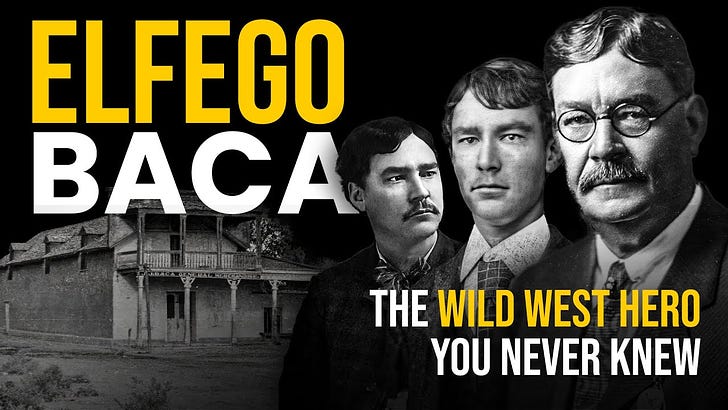
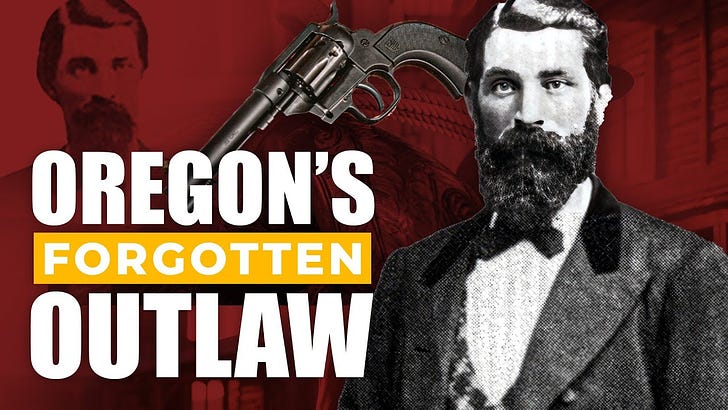

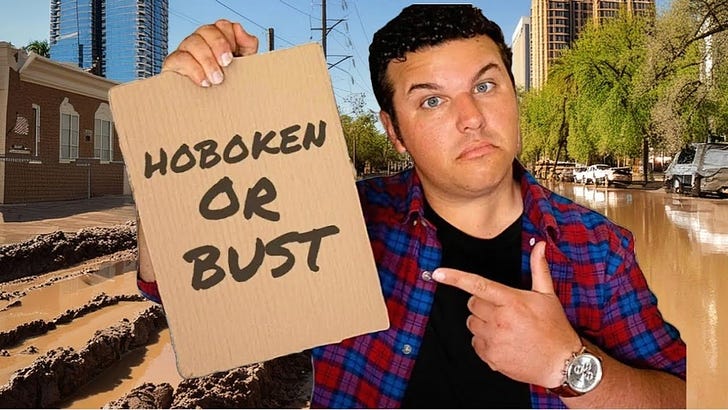
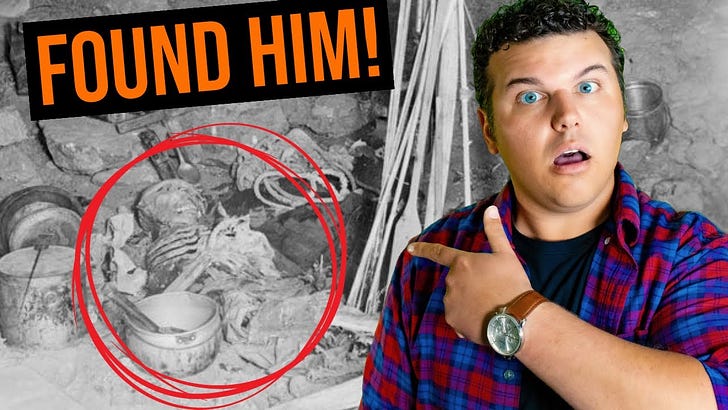
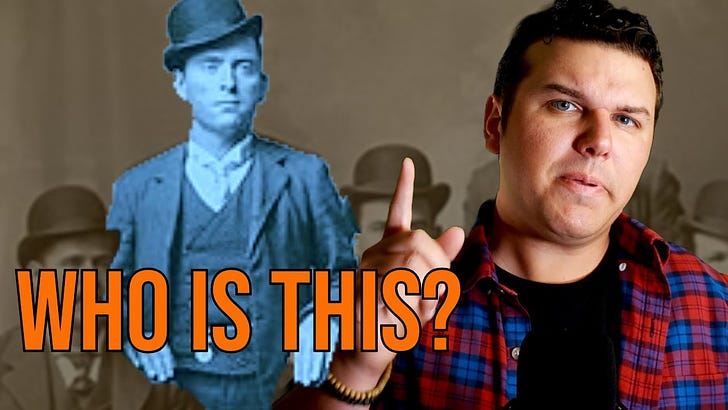


Share this post